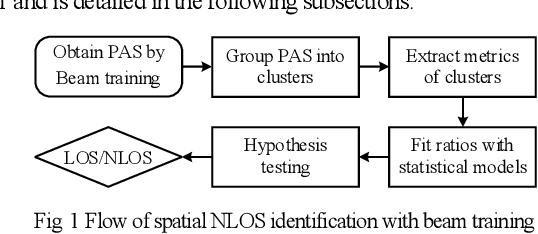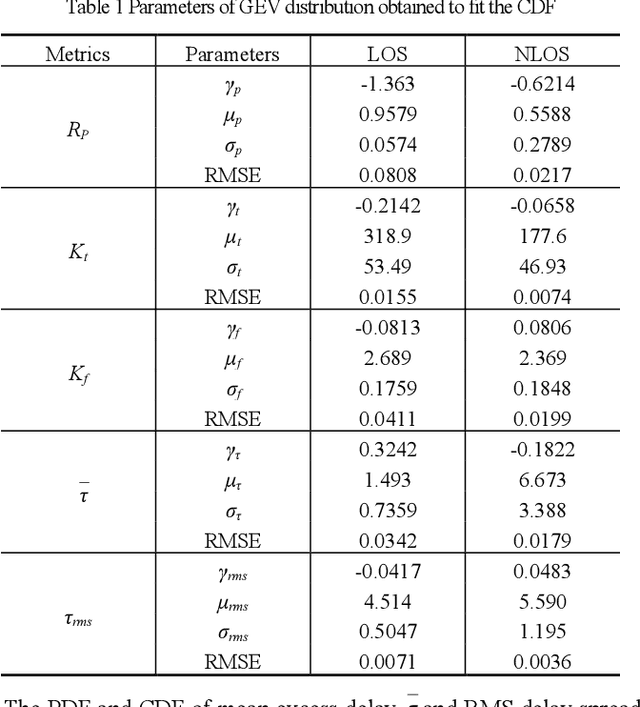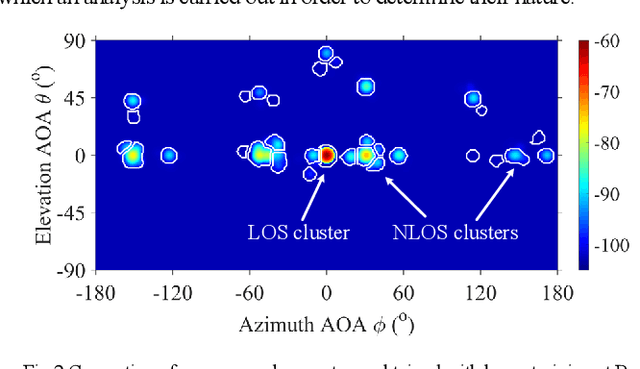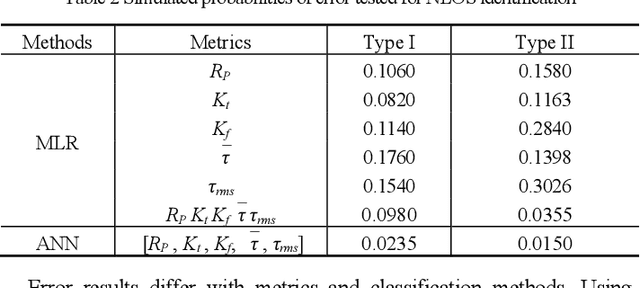Aziz Benlarbi-Delaï
Neural-Network-based NLOS Identification in Angular Domain at 60-GHz
Jul 20, 2021



Abstract:This paper introduces an identification method that determines whether a millimeter-wave wireless transmission using directional antennas is being established over a line-of-sight (LOS) or a non-line-of-sight (NLOS) cluster for indoor localization applications. The proposed technique utilizes the channel power angular spectrum that is readily available from a beam training process. In particular, the behavior of five different channel metrics, namely the spatial-domain, time-domain, and frequency-domain channel kurtosis, the mean excess delay, and the RMS delay spread, is analyzed using maximum likelihood ratio and artificial neural network. A noticeable difference between LOS and NLOS clusters is observed and assessed for identification. Hypothesis testing shows errors as low as 0.01-0.02 in simulation and 0.04-0.07 in measurements at 60 GHz.
 Add to Chrome
Add to Chrome Add to Firefox
Add to Firefox Add to Edge
Add to Edge